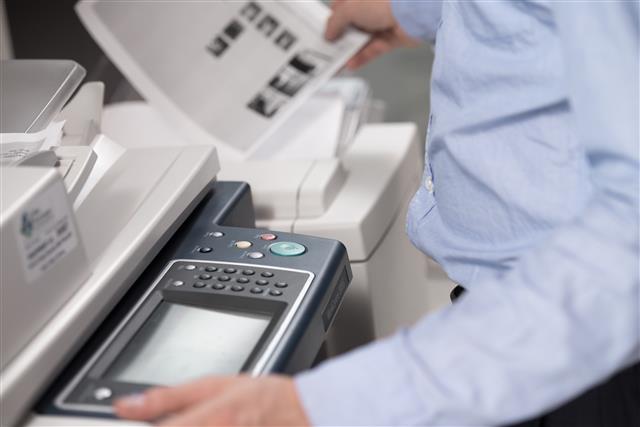Guest post by Colman Murphy, Senior Director of Marketing, Xerox Workflow Automation
The next frontier in digitizing workflow isn’t just about optimizing transactional and operational processes. It’s also coming to the personal, paper-based processes we use to get our work done every day. From the front-office agent to the division president, we all use ad hoc processes and workarounds, because we all have different ways of working.
New personal productivity tools come to market almost daily. You’ll hear them called universal readers, document collaboration tools, PDF document viewers, team applications and other names. They range from very simple mark-up tools to more robust offerings well suited to enterprise users, distributed workers, digital workflow and information security.
How do you know if a tool is really up to enterprise demands? Ask these questions and you’ll soon discover what can handle enterprise needs and which ones simply can’t:
User Experience
- Does it provide a uniform experience for users, with the flexibility to handle a variety of content types and tasks?
- Does it allow anytime, anywhere access with ability to work seamlessly across all your devices?
- Can users highlight, enter text, and write on documents?
- Is content automatically synchronized across all devices?
- Can users enter text, mark boxes, add signature via smart form assist
- Can users complete forms regardless of file type, and does the document retain the original appearance and allow users to add information?
Handling Documents
- Does it work with standard office file formats and convert them automatically to editable files in the solution?
- Can a user share with one individual or group of individuals via a “Share with Meeting” feature?
- Can users file documents in personal cloud repositories for later search and retrieval?
- Can it export files directly to a desktop and mounted folders from within the application?
- Is sharing integrated with Outlook calendars?
Analytics and Integration
- Does it continuously monitor usage across many metrics, with an analytics engine to study document flow and enable process re-engineering?
- Do reporting capabilities track when users read, sign, share and save documents – at a geographic or department level?
- Does the vendor offer deployment on-premise or via private cloud? Can the vendor help with integration and administration?
- Does the solution integrate directly with corporate Microsoft Active Directory deployment for easy deployment and security
Mobility and Security
- Can it intelligently import scanned documents?
- How safe is mobile access to the tool? Is it available using secure HTTPS port 443?
- Is access to documents, whether in a private cloud or on-premises, governed by your corporate security and authentication systems?
- For security, are documents stored with an obfuscated file name and extension?
- Does your information reside on private server in the cloud, walled off from any other organizations content?
A tool that meets these criteria will be very useful to large enterprise organizations with business challenges involving paper processes. Xerox Digital Alternatives offers many robust capabilities along these lines, well beyond the limitations of just basic collaboration/mark-up products. Digital Alternatives offers value for organizations that also want more business intelligence on how workers are moving through workflows to complete tasks. Information like that – along with added productivity – fuels the ongoing journey to digital transformation.
Watch this video to learn more about Xerox Digital Alternatives.



